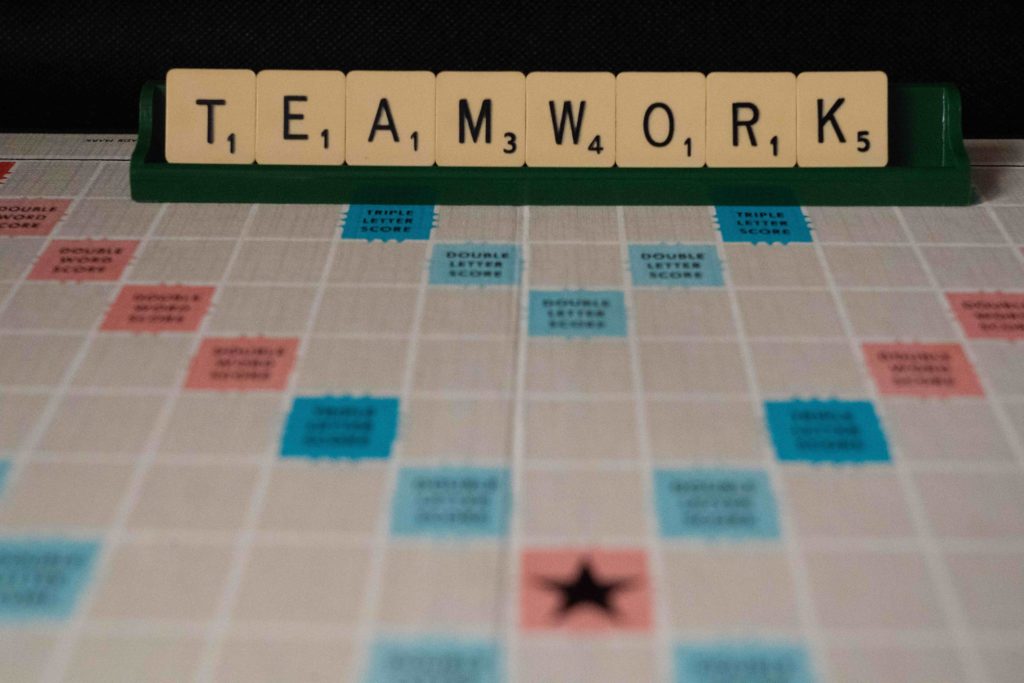This is part 3 of my series Trust in Construction. If you have not yet read parts 1 and 2, I recommend starting with Do You Trust Your Lean Team Members and Going Down the Rabbit Hole first.
After unearthing the root causes of a trust breakdown, it is time to rebuild it. Regaining trust is harder than building it in the first place, but it can be done with Lean methodologies. It is important to acknowledge where trust was broken and to learn from the root cause.
Vulnerability and transparency create trust
One of the most important qualities of Lean team leaders is active listening, listening to what team members have to say and embracing their diversity of opinions and perspectives. It’s not a matter of being right or wrong but rather of what works best to reach the project goals.
At the same time, vulnerability and transparency come into play. Leaders are human beings who make mistakes. Admitting a mistake in front of the team creates trust. It also encourages team members to step up and demonstrate their strengths to compliment someone else’s weakness.
Culture is a complex language
People have different perceptions of the same thing. Culture, in its simplest form, is language, a complex language, though. Especially when we speak about technology. The central question is: How can we make sure that everyone understands what we are talking about?
One of the main reasons why communication can break down is a lack of shared language, at both the organization and project levels. The situation exacerbates when team members act based on assumptions because they don’t have the courage to speak up and ask questions.
It is worth investing in building a culture that encourages questions and clear communication channels. Conflict and disagreement in construction teams need to be handled with empathy and understanding in the interest of the common project goal.
Strategies to build trust in construction
At the core of almost any trust breakdown is a fragmented culture. Implementing a cultural shift requires organizations to unlearn old patterns and behavior. And change is never easy as most people are change-resistant.
According to the Society for Human Resource Management, “An organization’s culture defines the proper way to behave within the organization. This culture consists of shared beliefs and values established by leaders and then communicated and reinforced through various methods, ultimately shaping employee perceptions, behaviors, and understanding.”
Research has shown that establishing routines is one of the most powerful levers to get things done. Building a culture rooted in trust is all about habits and discipline. It requires careful planning, training on proper technique, and committed follow-through.
What’s even harder than building a new culture is breaking down an existing one that doesn’t serve the organization. For those looking to rebuild culture, it will involve a significant amount of ownership, change management, and, in some cases, getting ‘comfortable with the uncomfortable.'
A culture change requires leaders, processes, and measurement
Culture change requires company leaders who lead by example. It is nearly impossible to push cultural change if toxicity, noncompliance, and distrust remain at the top. Additionally, leaders need strong personal values, such as humility and accountability, to support the values of their organization and drive change.
Lastly, change involves processes and measurement. After all, without measuring change, how does one know if the team is moving forward? Agree on what a 'good' culture looks and feels like, then determine the KPIs by which it will be measured.
And remember to celebrate wins no matter how small they are.
Image: Antonio Janeski via Unsplash
What if change feels impossible?
In some cases, change can feel impossible. A shift from a culture of silos to a collaborative mentality often involves adopting new technology, implementing new strategies, and other significant changes that can lead to push backs.
I recommend breaking down any innovation challenge into barriers or roadblocks.
Barriers are a hindrance to innovation that are a result of a person or process within the team’s sphere of influence or control.
Roadblocks are innovation hindrances that fall outside the team’s sphere of influence/control, or where influence has been attempted and rejected.
The Feynman Technique
If the team faces a barrier, a helpful tool to decide on a proposed solutions is The Feynman Technique, which utilizes four simple steps:
- Choose a topic and write it down including everything that you currently know about it or anything to learn about it.
- Next, write an explanation about the topic in simple language. Imagine you are teaching a class on this topic.
- Next step is observation. During this stage, you identify gaps in knowledge and go back to study it more deeply.
- Finally, simplify the explanation in step two.
Then, leaders should ask themselves the following questions:
- Were all team members aware of the change?
- Was the “WIIFM” (What’s In It For Me) properly explained?
- Did team members get adequate training?
- Was there reinforcement of positive behavior?
When all attempts to reason with team members have been exhausted, the barrier turns into a roadblock. The only way to deal with a “rock in the road” is to find a detour around it, or to wait for someone with the right authority and tools to move it.
Conclusion
In conclusion, to resolve internal and external trust breakdowns in construction, I recommend a thorough analysis of the root causes including the separation of contract- or culture-driven root causes. From focusing on leaders taking ownership of their role to using improved technology for better collaboration, trust through transparency is a central force for increasing profit and creating a competitive business.
The foundation of construction’s digital future is built on trust. Read more about how the Common Data Exchange (CDX) framework improves access to project information and eliminates duplicate data entry in my next article.
Feature image by Nick Fewings via Unsplash.
Further Reading
Breaking Down the Breakdown: Trust in Construction (ebook)
Trust Matters: The High Cost of Low Trust
More from this author
Do You Trust Your Lean Team Members?
Going Down the Rabbit Hole
How You Can Drive Construction Innovation Throughout Your Organization
Nathan Wood, Founder and Chief Enabling Officer of SpectrumAEC, is an innovation thought leader across the Architecture, Engineering, and Construction (AEC) industry. Nathan’s experience with Virtual Design and Construction (VDC), Lean process improvement, and Integrated Project Delivery (IPD) has led him to realize how proven technology solutions can too often result in adoption failure and lost ROI. Nathan blends Emotional Intelligence (EQ) with Design Thinking strategy to help teams overcome adoption barriers through collaborative debate and mutual respect for different perspectives.
Outside of SpectrumAEC, Nathan continues to support industry progress through speaking engagements, industry research publications, and as President of the Construction Progress Coalition.





